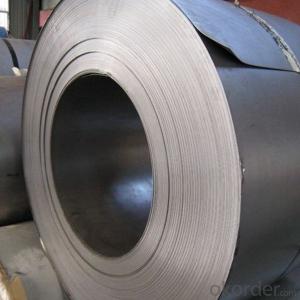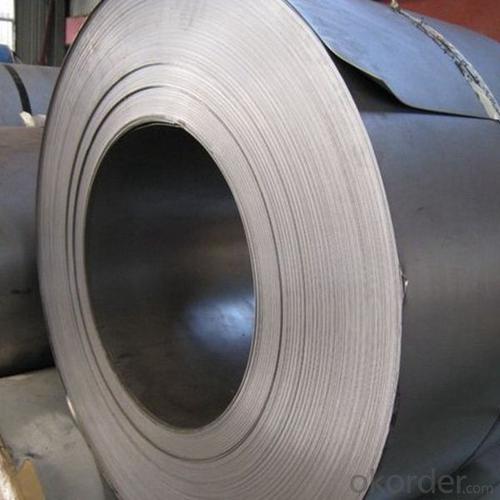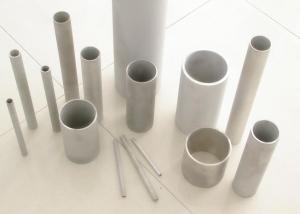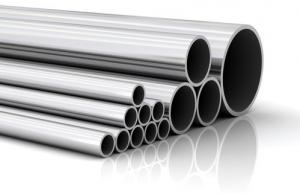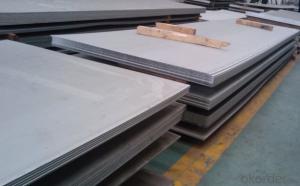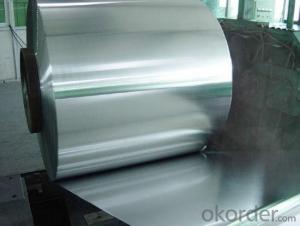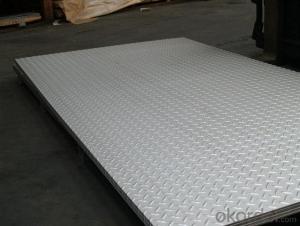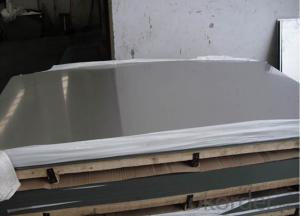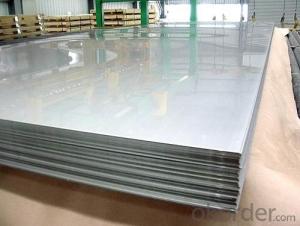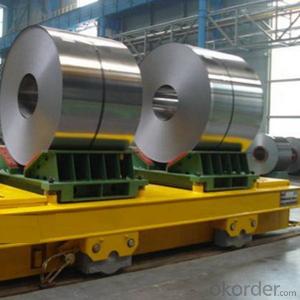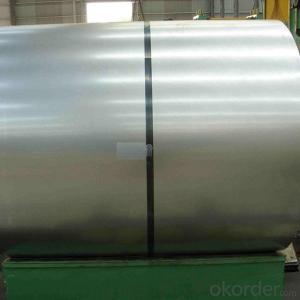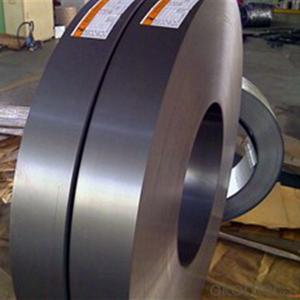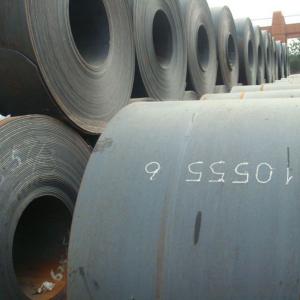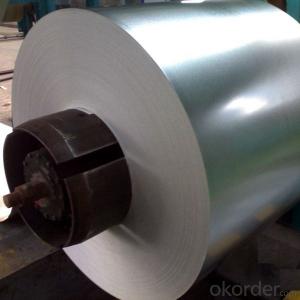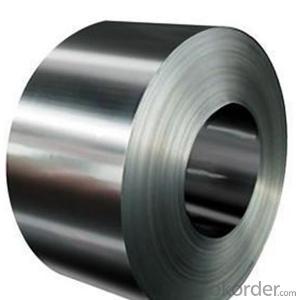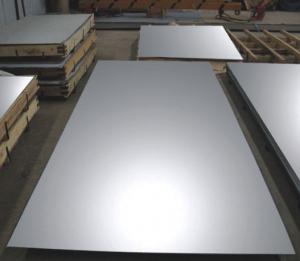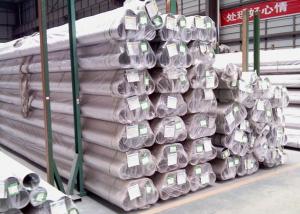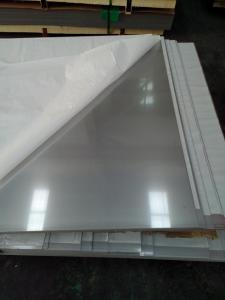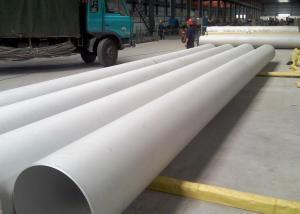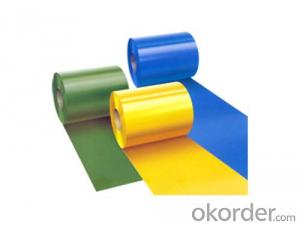Steel Sheets Steel Plates 200 Series 300 Series 400 Series Made In China
- Loading Port:
- Shanghai
- Payment Terms:
- TT OR LC
- Min Order Qty:
- 50 m.t.
- Supply Capability:
- 20000 m.t./month
OKorder Service Pledge
OKorder Financial Service
You Might Also Like
Specification
Specifications for Stainless Steel Coils/Sheets:
Grade | C ≤ | Si ≤ | Mn ≤ | P ≤ | S ≤ | Ni ≤ | Cr ≤ |
201 | 0.12 | 0.75 | 7.00 | 0.045 | 0.045 | 1.00-1.28 | 13.70-15.70 |
202 | 0.15 | 1.00 | 2.25 | 0.045 | 0.045 | 4.07-4.17 | 14.00-16.00 |
304 | 0.08 | 0.75 | 2.00 | 0.045 | 0.03 | 8.00-11.00 | 18.00-20.00 |
304L | 0.035 | 0.75 | 2.00 | 0.045 | 0.03 | 8.00-13.00 | 18.00-20.00 |
309 | 0.15 | 0.75 | 2.00 | 0.045 | 0.03 | 12.00-15.00 | 22.00-24.00 |
310S | 0.08 | 1.50 | 2.00 | 0.045 | 0.03 | 19.00-22.00 | 24.00-26.00 |
316 | 0.08 | 1.00 | 2.00 | 0.045 | 0.03 | 10.00-14.00 | 16.00-18.00 |
316L | 0.035 | 0.75 | 2.00 | 0.045 | 0.03 | 10.00-15.00 | 16.00-18.00 |
321 | 0.04-0.10 | 0.75 | 2.00 | 0.045 | 0.03 | 9.00-13.00 | 17.00-20.00 |
405 | 0.08 | 0.75 | 1.00 | 0.045 | 0.03 | 0.06 | 11.5-13.5 |
409 | 0.089 | 1.00 | 1.00 | 0.045 | 0.05 | 0.06 | 10.50-11.75 |
410 | 0.15 | 0.75 | 1.00 | 0.045 | 0.03 | 0.06 | 11.5-13.5 |
420 | 0.16-0.25 | 1.00 | 1.00 | 0.040 | 0.03 | 0.06 | 12.00-14.00 |
430 | 0.12 | 0.75 | 1.00 | 0.045 | 0.03 | 0.06 | 16.00-18.00 |
Features of Stainless Steel Coils
(1)Good ductility
(2)Good corrosion resistance
(3)Excellent abrasion resistance and fatigue strength
(4)Good weldability
(5)Oxidation resistant performance
(6)Excellent in high temperature
Packaging & Delivery for Stainless Steel Coils/Sheets:
Packaging Detail Standard export packing or following customer's demand
Delivery Time: Within 30-40 days after deposit or according to the order quantity
Detail picture for Stainless Steel Coils/Sheets

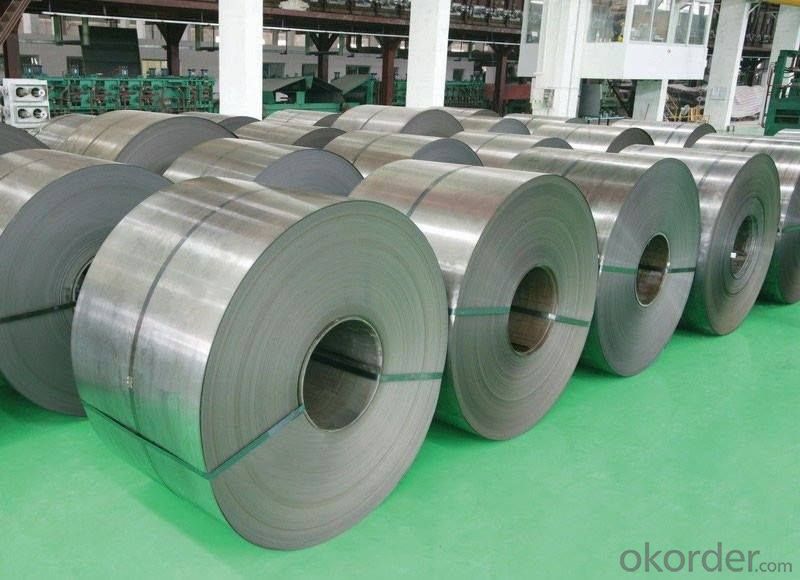
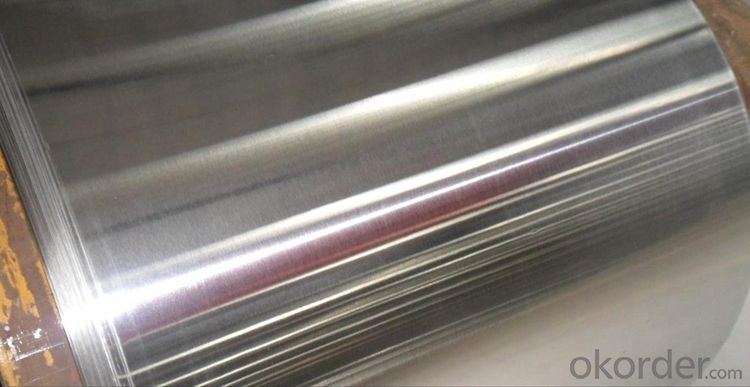
Application of Stainless Steel Coils
Finish | Definition | Application |
2B | Those finished, after cold rolling, by heat treatment, pickling or other equivalent treatment and lastly by cold rolling to given appropriate luster. | Medical equipment, Food industry, Construction material, Kitchen utensils. |
BA | Those processed with bright heat treatment after cold rolling. | Kitchen utensils, Electric equipment, Building construction. |
NO.3 | Those finished by polishing with No.100 to No.120 abrasives specified in JIS R6001. | Kitchen utensils, Building construction. |
NO.4 | Those finished by polishing with No.150 to No.180 abrasives specified in JIS R6001. | Kitchen utensils, Building construction, Medical equipment. |
NO.1 | The surface finished by heat treatment and pickling or processes corresponding there to after hot rolling. | Chemical tank, pipe. |
FAQ for Stainless Steel Coils/Sheets:
Q:How to order?
A: Please send us your purchase order by email or fax .or you can ask us to send you a proforma invoice for your order .We need to know the following information for your order.
1) Shipping information-company name, street address, phone number, fax number, destination sea port
2) Product information – Quantity, Specification (steel type, thickness, width, surface finish)
3) Delivery time required
4) Forwarder's contact details if there's any in China
- Q: Can stainless steel sheets be bent?
- Yes, stainless steel sheets can be bent. Stainless steel is a versatile material that can be easily formed into various shapes and configurations, including bends. The ability to bend stainless steel sheets is dependent on the thickness and composition of the material. Thinner sheets are generally more flexible and easier to bend, while thicker sheets may require specialized equipment and techniques. It is important to note that the bending process may cause the stainless steel sheet to lose some of its strength and durability, so careful consideration should be given to the specific application and requirements before attempting to bend stainless steel sheets.
- Q: What are the color options for stainless steel sheets?
- The color options for stainless steel sheets are typically limited to the natural silver-gray hue of stainless steel itself. However, certain surface treatments and coatings can be applied to stainless steel sheets to create different colors such as black, gold, bronze, and even vibrant shades like blue and red.
- Q: What are the fire resistance properties of stainless steel sheets?
- Stainless steel sheets have excellent fire resistance properties due to their unique composition and structure. Unlike other materials, stainless steel does not readily burn or ignite when exposed to high temperatures. This is primarily because stainless steel contains a high percentage of chromium, which forms a thin, protective oxide layer on the surface of the material when exposed to air. This oxide layer acts as a barrier, preventing the underlying steel from reacting with oxygen and further resisting fire. Furthermore, stainless steel has a high melting point, typically around 1400-1450°C (2552-2642°F), which is significantly higher than most common building materials. This means that stainless steel sheets can withstand extreme heat without deforming or losing their structural integrity, providing additional fire protection. Additionally, stainless steel is non-combustible, meaning it does not contribute to the fuel load of a fire. This characteristic is particularly important in construction and industrial applications, where fire safety is a top priority. Overall, the fire resistance properties of stainless steel sheets make them an ideal choice for various applications, including building construction, transportation, and industrial settings, where fire protection is necessary.
- Q: 304 stainless steel plate price ups and downs affected by what factors?
- That is, inventory relations, supply and demand has been constantly guide prices, and inventory is a good response to the current market supply and demand. Oversupply, stainless steel prices, inventory backlog. Supply falls short of demand, and inventories are very tight as prices rise. If a series of stainless steel prices are too high, then the stainless steel market will appear in this series of alternatives. Substitutes generally have many advantages, such as low prices, cheap materials, superior performance and so on. Therefore, the emergence of substitutes can also cause price fluctuations.
- Q: Can stainless steel sheets be used for staircase railings?
- Yes, stainless steel sheets can be used for staircase railings. Stainless steel is a popular choice for staircase railings due to its durability, strength, and resistance to corrosion. Stainless steel sheets can be cut, shaped, and welded to create a variety of railing designs and styles. They can also be finished in different ways, such as brushed or polished, to achieve the desired aesthetic appearance. Stainless steel railings are not only aesthetically pleasing but also provide a safe and sturdy support for staircases.
- Q: Can stainless steel sheets be used for chimney liners?
- Yes, stainless steel sheets can be used for chimney liners. Stainless steel is a preferred material for chimney liners due to its durability, resistance to corrosion, and high-temperature tolerance. It is commonly used to line chimneys in order to protect the surrounding walls from heat and prevent the release of smoke and harmful gases into the living space. Stainless steel sheets are flexible and can be easily inserted into existing chimneys, making them a popular choice for chimney lining applications.
- Q: Seeking stainless steel plate 304 material and 304j material what is the difference?
- 304 applications: petroleum, chemical, pharmaceutical, food, machinery, aerospace, construction, military, hardware, boilers, gas, plumbing and heating equipment, ships, power plants and other industries.
- Q: How do you calculate the weight of a stainless steel sheet?
- In order to determine the weight of a stainless steel sheet, one must possess knowledge of its dimensions (length, width, and thickness) as well as the specific gravity of stainless steel. Firstly, the volume of the stainless steel sheet can be ascertained by multiplying the length, width, and thickness. This will yield the volume in cubic units. Subsequently, the volume is to be multiplied by the specific gravity of stainless steel, which typically stands at around 7.93 g/cm³ (grams per cubic centimeter). This will provide the weight of the stainless steel sheet in grams. To convert the weight into a different unit, such as kilograms or pounds, the weight in grams should be divided by the appropriate conversion factor. For instance, to convert grams into kilograms, divide by 1000. To convert grams into pounds, divide by 453.59237. It is crucial to bear in mind that this calculation furnishes an approximation of the weight, as variations in the specific gravity of stainless steel may occur based on the precise alloy and composition of the sheet.
- Q: What are the different types of stainless steel sheet finishes?
- There are several types of stainless steel sheet finishes, including No. 1, 2B, No. 4, BA, and satin.
- Q: What are the different types of stainless steel sheet embossing patterns available?
- There are various types of stainless steel sheet embossing patterns available, including diamond, linen, quilted, hammered, and checker plate.
Send your message to us
Steel Sheets Steel Plates 200 Series 300 Series 400 Series Made In China
- Loading Port:
- Shanghai
- Payment Terms:
- TT OR LC
- Min Order Qty:
- 50 m.t.
- Supply Capability:
- 20000 m.t./month
OKorder Service Pledge
OKorder Financial Service
Similar products
Hot products
Hot Searches
Related keywords
